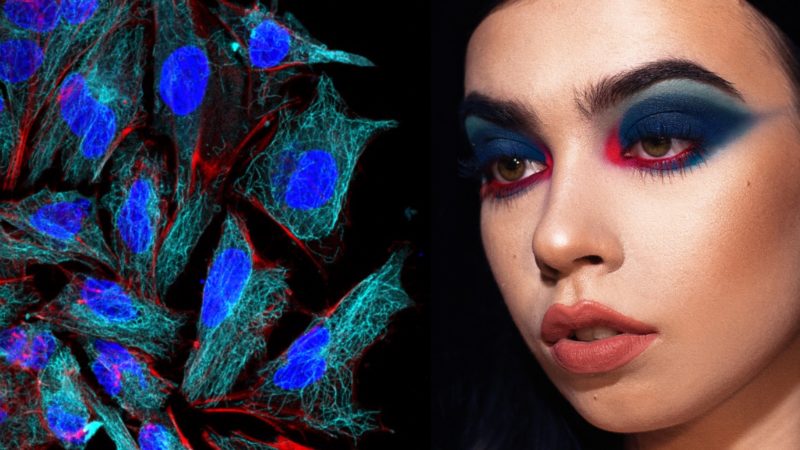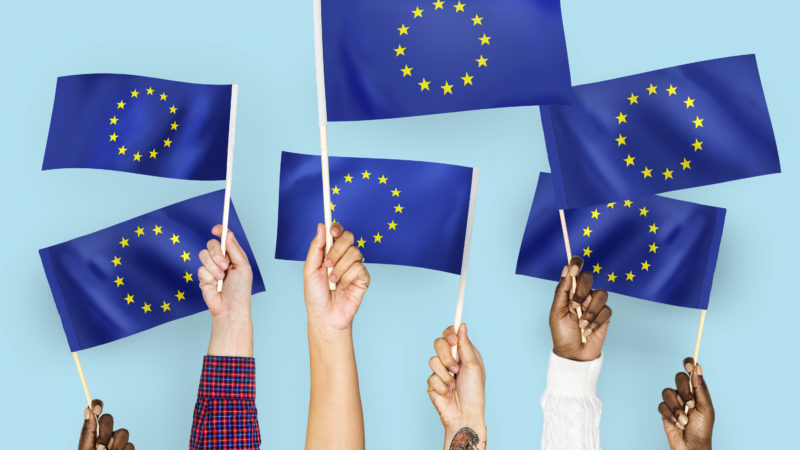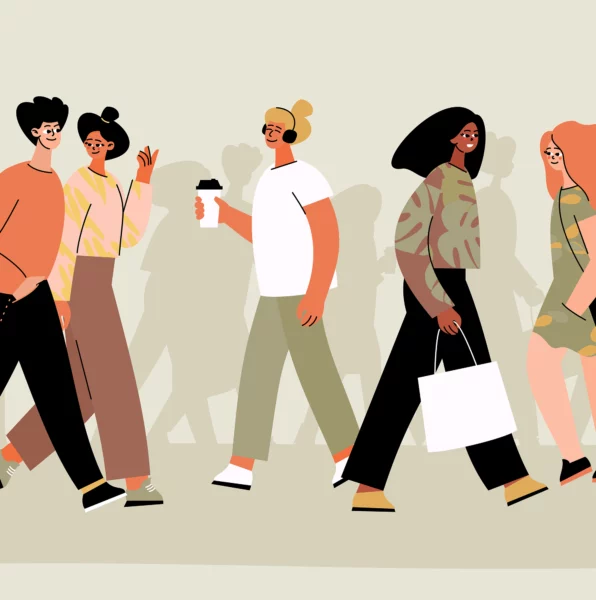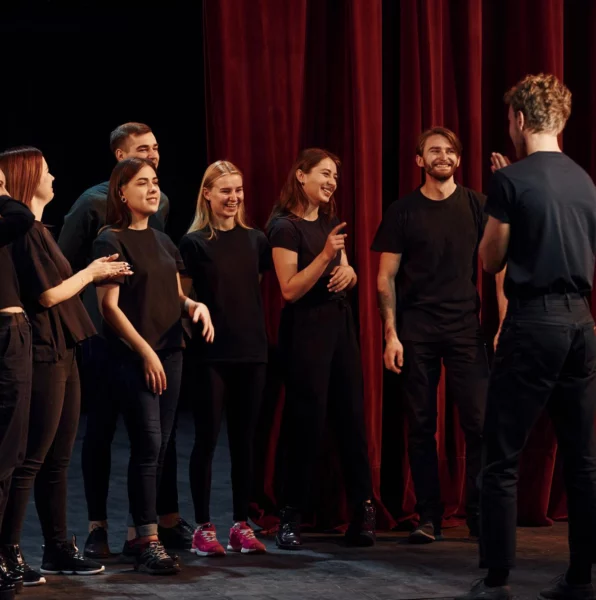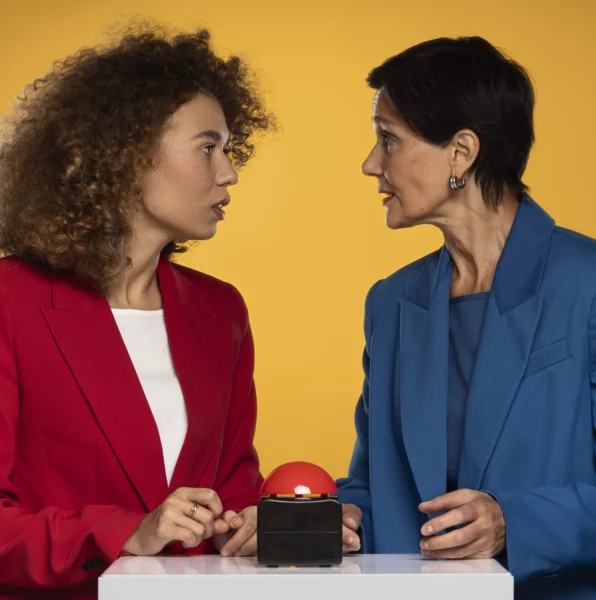In May 2020, a diversity task force was founded at an Ecsite conference. Now, #DiverSci has transformed into a movement encompassing international science engagement communities. Lewis Hou, founder of Science Ceilidh and volunteer at #DiverSci’s Community of Practice, shares his vision for a more equitable future.
“Collective action allows us to put pressure on systemic forces”
#DiverSci grew out of a special interest group at an Ecsite conference. Its official website was launched at the Ecsite preconference in 2022. What are the goals of the initiative?
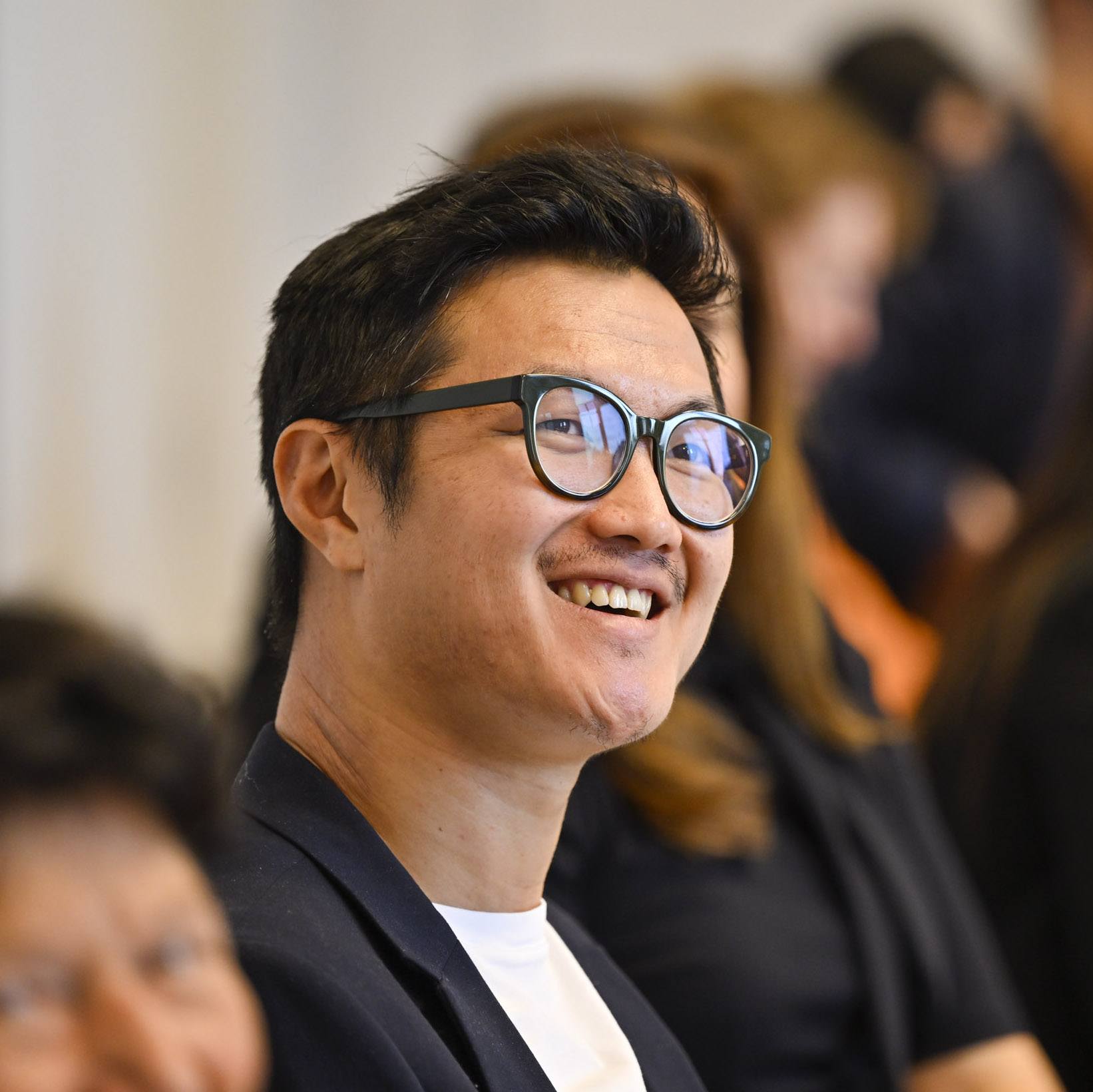
We focus on diversity, equity and inclusion in informal science learning. We try to provide mentorship: It’s really important to show solidarity and support each other through learning, because equity work is not something that is ever completely done. It’s a way of working and a mindset.
#DiverSci was developed around topics like inclusion, decolonisation and tackling these issues head on. The first step was to recognise diversity advocates. These are people working in science centres who are developing this kind of work within their institutions. But the other part of #DiverSci is also the Community of Practice, which is an informal space to bring people together and share our experiences. This is where I am involved. It’s important to say from the start that it’s open to everyone – not just those in science centres and you don’t need to be an Ecsite member.
You meet every two months as a Community of Practice. What do you hope to accomplish with these meetings?
We are creating a peer network. Each Community of Practice has a different theme and we have space for members of the network to talk about their work. It’s not meant to be a sales pitch in any way or only showcasing inspiring practice. It’s just those involved in informal science engaging being honest about approaches and tools that people have found easy or challenging to use, and then starting a conversation.
Equity work can be very lonely. Sometimes it feels like you’re not getting anywhere. So, it’s important to have regular meetings where we can connect, almost have a bit of a break and do some general networking and chatting, but also just get a bit of space and time to think. The meetings alone are not going to solve everything, but it has felt useful and it is a growing movement, internationally. We also keep the momentum between meetings with a LinkedIn group.
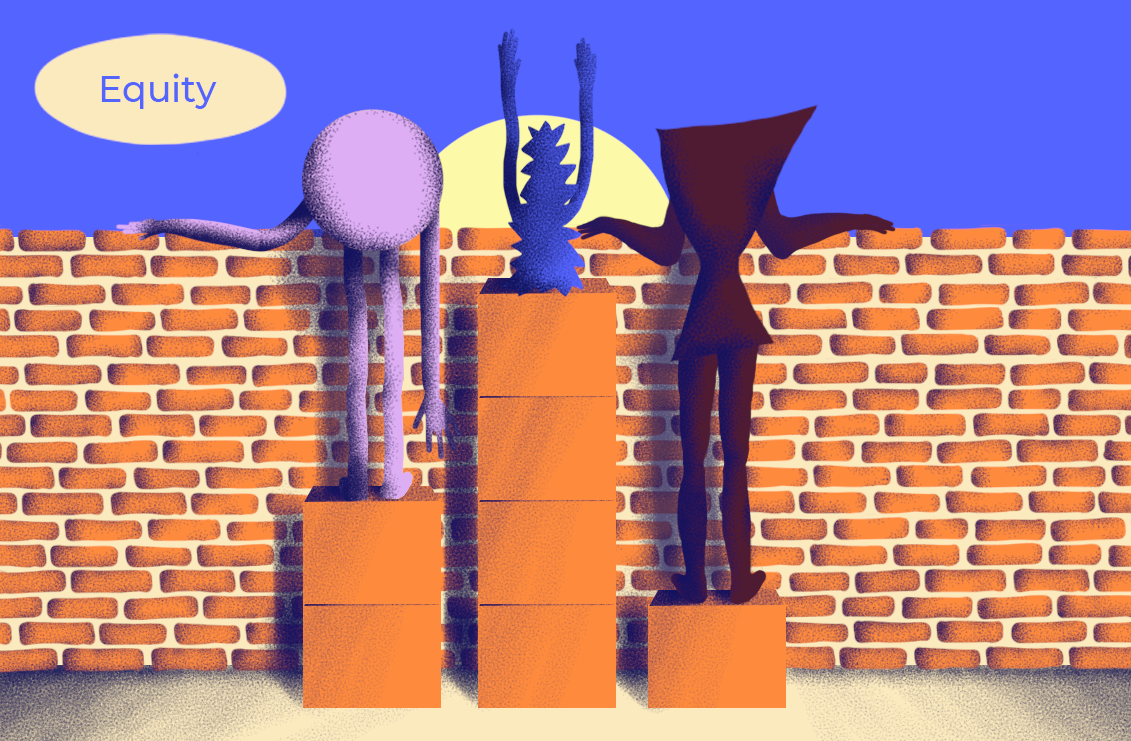
What sort of topics do you discuss?
We’ve talked about everything from decolonising histories of science communication to working more inclusively with older people, around gender, and looking at how equity work intersects with climate action. Some of the more recent topics have focused on co-producing with people from the autism community. One of the things we discussed was how useful it can be for neurodiverse communities to get a breakdown of what’s going to happen for each event. Now, when you sign up for the Community of Practice sessions, you get an email with a section that pretty much says exactly what to expect, how people are expected to interact, and how people can opt out at any point. This is a nice example of practice that worked well in a science centre and then we started to replicate it more widely
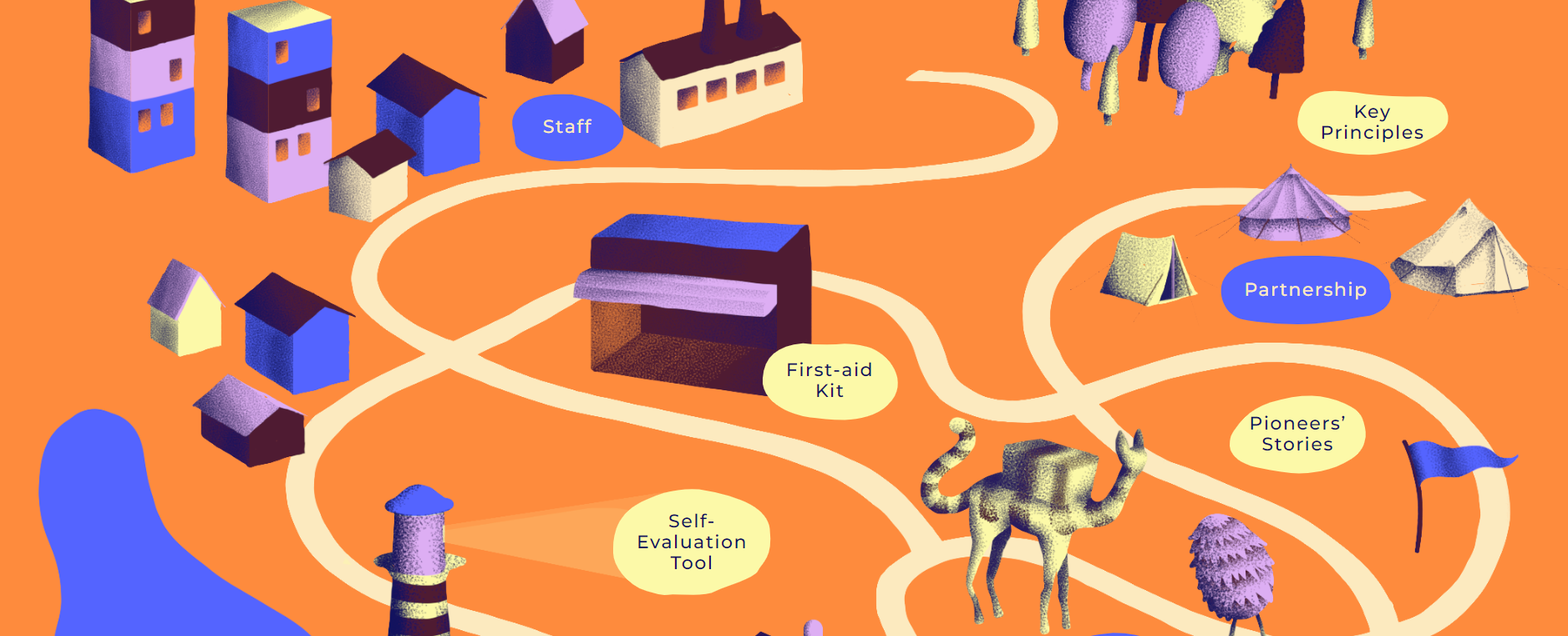
What have you learned setting up the #DiverSci community?
Reflection and learning are important. It’s very difficult for organisations to admit what’s not working, especially when funding is tight. We create an honest space that doesn’t feel competitive. Ultimately this is a systemic issue and we all need to be part of the solution, otherwise we will never make progress. It is exciting to see all the resources being shared on the network. The connections we are making and the relationships we are building are incredibly valuable.
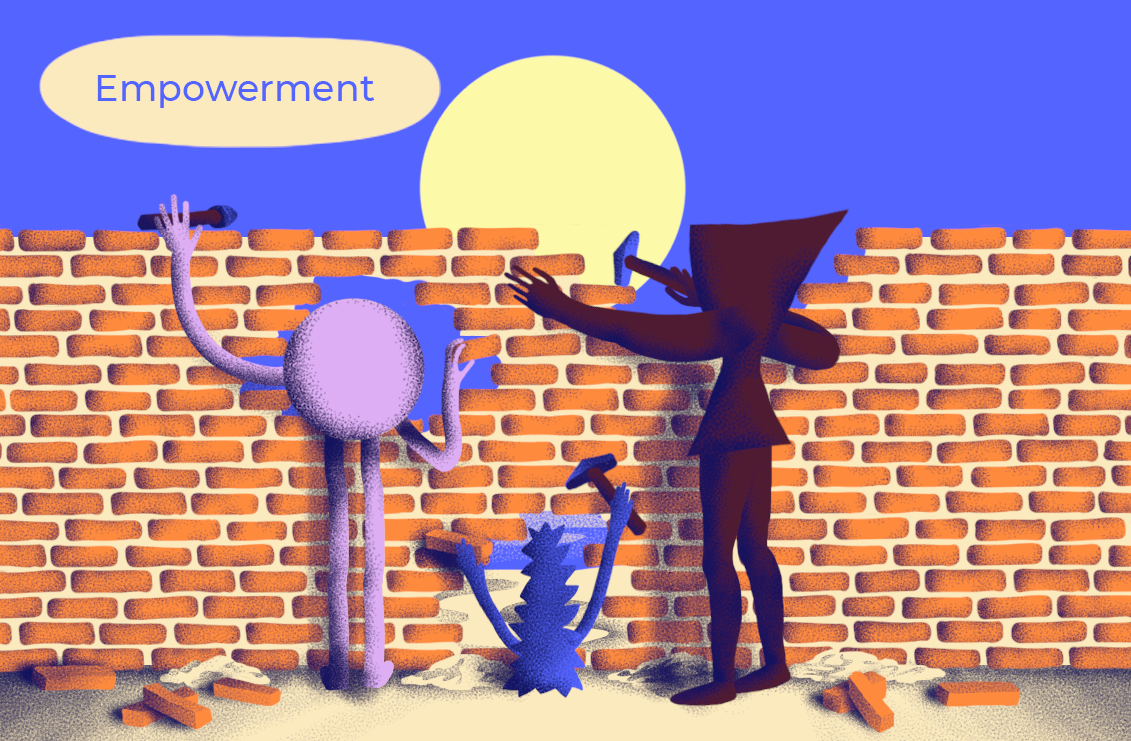
Most organisations, at best, offer basic diversity awareness training and collect some data. How do you prevent diversity from becoming just another box ticking exercise?
I can speak to this on a more personal level. I am also a member of the Anti-Racist Educator Collective, which is a Scotland-based group that looks at education in all its forms and anti-racism in particular. What we find is that it’s always about developing meaningful partnerships with different groups and challenging power structures. That’s the real difference from just ‘awareness training’. – even if that includes something like unconscious bias training. An effective diversity strategy also involves critical conversations about power between communities and institutions. Yes, it’s important that we create a space for learning – to develop racial literacy, for example – but there also needs to be a degree of accountability. It’s a balancing act.
Ultimately, though, these are systemic issues. There is only so much we can do as individuals. A good analogy is thinking about climate action. Everyone has a responsibility to look at and reduce their carbon footprint, to recycle, to make sure you reduce and question your choices as a consumer. But ultimately the problem is systemic. Collective action allows us to put pressure on these systemic forces. Any initiative around diversity should not put the onus only on the individual.
How can science engagement organisations implement diversity into their strategy?
I can give you another personal example. Very often science organisations say: “Let’s make sure that the people who are underrepresented in these kinds of conversations are included”. But what I would like to see is a shift away from just inclusion and representation to communities leading this work. A lot of our work at Science Ceilidh is moving towards directly funding communities to lead science engagement on climate or mental wellbeing issues that are important to them. This means that the community literally holds the money and makes all the decisions. We then support the connection with research rather than us or researchers holding the money and bringing the community in afterwards. Sometimes it is a subtle shift like that. But for a lot of science centres and institutions it can be quite difficult because it is moving away from a standard way of thinking.
Talking about money – one way to lower the barriers to informal science learning is to remove entrance fees to museums and science centres. How strongly is diversity, equity and inclusion tied to organisational resources?
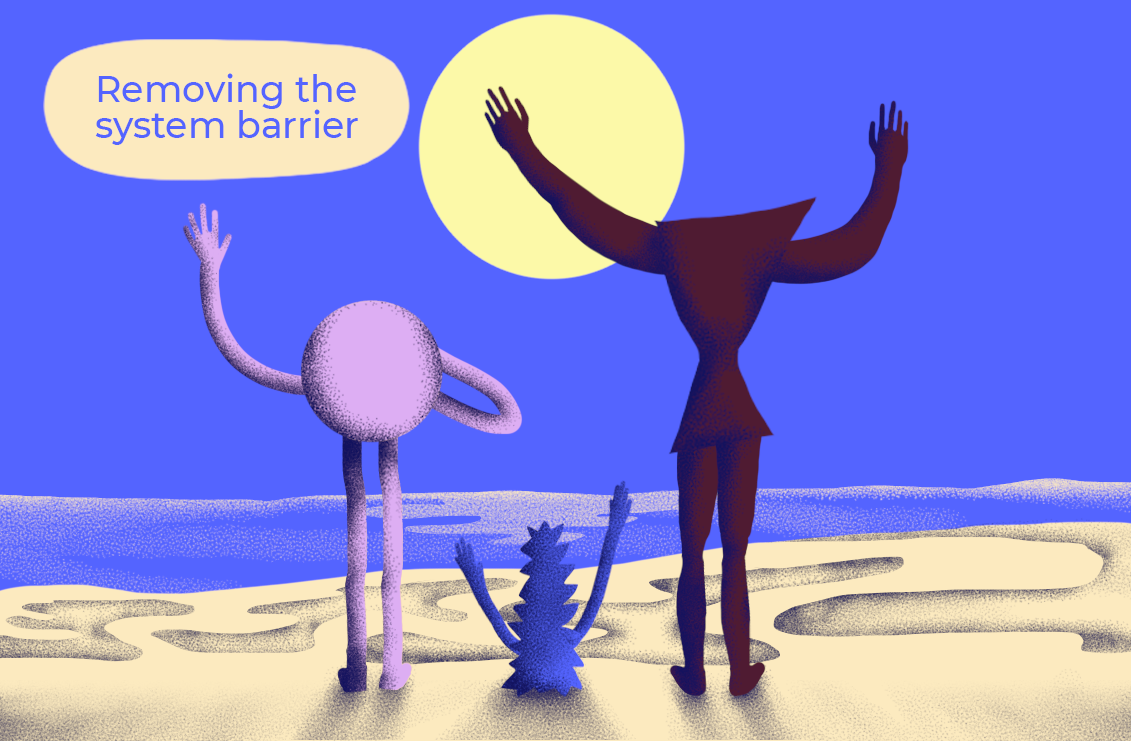
I think a lot of it has to do with finances. Given the rising cost of living and increasing poverty in many places this is something museums and science centres need to be sensitive to. But the picture is complex – for example, there is some really interesting research on free admission. We generally assume that it automatically increases the diversity of people who come into a museum space. There are some reports which suggest that the reduction of admission costs does not necessarily change the diversity of the audience that came in. I think that speaks a lot to the fact that it’s more than just finances that are a barrier for a lot of communities.
By making things free, you haven’t really changed the relationship communities have to these spaces, how welcome they feel and the diversity of the exhibition and its staff. If you don’t do that extra work and just make it free, you might just be reducing your income – which could be invested in targeted longer-term community programmes – without necessarily making a difference.
Could you speak more about the diversity of the informal science learning communities – what role does the science capital of individuals play?
Science capital is based on the understanding that people’s relationship with science is about much more than learning. It’s about valuing people’s broader backgrounds and expertise. This concept has become very popular in the diversity space. It can be a really useful tool – on the #DiverSci resources page, for example, we recommend The Equity Compass. It helps you think about your practice.
But there is a bit of a challenge, which is definitely not the intention of the original research, where organisations are using science capital as some sort of measure without properly challenging the deficit model perspective. It’s the assumption that for people who don’t engage in science, if they only knew how amazing science is, they would absolutely choose to engage in it. I’m afraid that’s a bit insensitive, it’s a kind of “Oh, we’re going to do this and therefore science capital of diverse audiences will increase”. That still often indirectly puts the blame on the audience. And it is the antithesis of the original research, which acknowledges the wider and intersectional context to enable more socially just work.
What’s in store for the future of #DiverSci?
At the moment we have deliberately kept the Community of Practice meetings quite informal. I think there are some ways in which we might want to expand the programme, but at the moment it’s all voluntary and more grassroots. All thanks to fellow organisers Alexia, David and Jamie, as well as the rest of the Diversci community.
Especially with these new kinds of networks, it will be interesting to see if we can capture some of our learning – what’s worked, what we could do more of, and all the experience we gathered – in a paper. Many participants and some organisations have taken something away from our Community of Practice – new connections, implementing ideas and collective action. It feels really powerful that we can do that. And now there are international spin-offs of the #DiverSci Community of Practice hosted in different languages including French and German, which is really exciting! That said, if you, the reader, are interested and have ideas, join us and I’ll be very happy to talk about what comes next!
